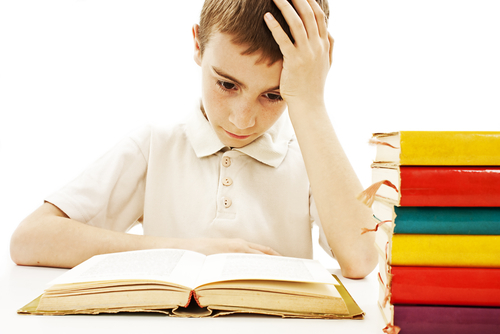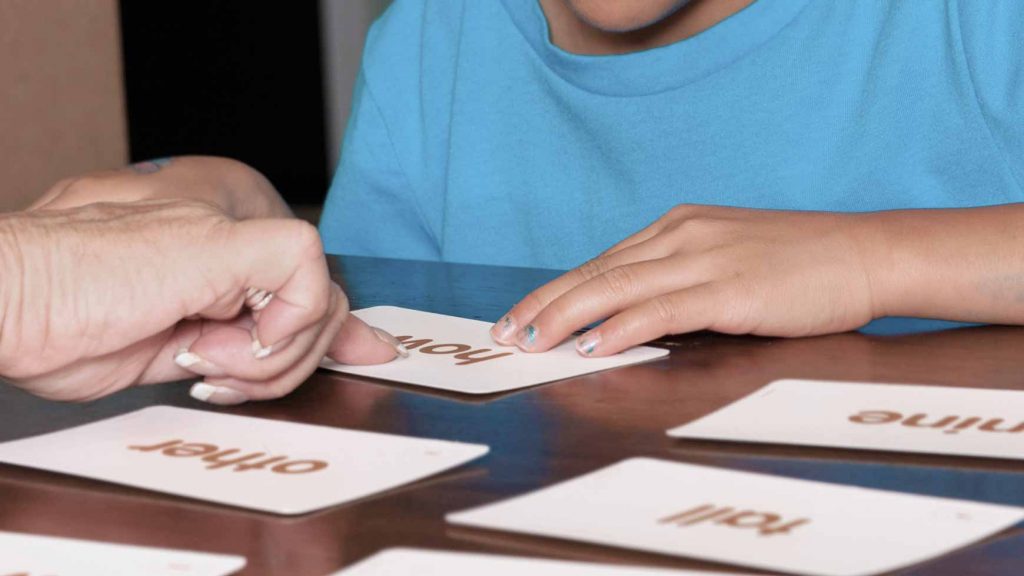Does your child have a hard time to write, read, or spell? Do you notice that comprehending subjects like math have always been a struggle? Your child might be struggling with a learning disorder known as dyslexia.
“Dyslexia is a common learning difficulty that affects one in every 10 to 20 people, impacting their ability to read and spell words but not affecting their general intelligence. The new finding expands knowledge of the brain mechanisms underlying the condition,” according to Rick Nauert PhD.

Children with dyslexia may find it challenging to correlate letters with sounds; this poses a complication in the way children learn and grasp information. Dyslexic children may find it strenuous to fluently read, correctly spell, and appropriately retain a second language; these and other challenges can directly influence how they advance academically.
“‘Specific Learning Disorder’ has become the umbrella term for mathematics, reading, and written expression disorders in the updated DSM-5,” says Johnna Medina, Ph.D. Medina also added that “Dyslexia is an alternative term used to refer to a pattern of learning difficulties characterized by problems with accurate or fluent word recognition, poor decoding, and poor spelling abilities.”
Is My Child Dyslexic?
Signs and symptoms of dyslexia are sometimes overlooked until the child reaches second grade, which is entirely dependent on the level of learning difficulty. But, there are common manifestations that parents can watch out for to validate suspicions of dyslexia.
- Poor Reading and Spelling. Simple words like the, an, it, she, etc., are difficult to read and spell. More often than not, dyslexic kids will write jumbled letters and have trouble comprehending and decoding words resulting in flawed and laborious reading.
- Mirrored Writing. This is when your child is writing mirrored symbols and images or writing numbers or letters backward. So, mixing up letters like “B” and “D” is a frequent error.
- Unable To Follow Instructions. Children with dyslexia may find it hard to follow simple, three-step instructions. More so, they will also find it challenging to think and plan.
- Sequencing Is Impaired. Instead of first, second, third, a dyslexic child may read it as third, first, and second. Meaning, if you ask your child to read the first line, he or she will read the third line.
Though common, these signs and symptoms may not necessarily mean that your child has dyslexia. Therefore, it is essential to consult a specialist to medically determine a proper diagnosis and create an effective educational strategy for your child.
Christine Hammond, MS, LMHC has dyslexia and says that “There is no correlation between dyslexia and intelligence. For many years, I thought that I wasn’t smart. But that was not true. While having dyslexia held me back from realizing my full potential at a young age, it did not hold me back as an adult. Instead, I found new and creative ways to overcome and manage it.”
Homeschooling Tools And Techniques

Every dyslexic child has a different way of learning and coping; while one coping strategy might work for your neighbor’s child, it might not have any effect on your child at all. Here are some tools and techniques that you can incorporate into your child’s home-based learning system.
- Phonemic Awareness
Phonemic awareness, also known as sound awareness, is a strategy used in schools that cater to dyslexic children. This kind of technique is basic comprehension that words are constituted of sounds and recognizing, hearing, and manipulating those sounds create a word. Phonemic awareness is mainly a kind of auditory skill that distinguishes and identifies the sound structure of a particular language.
- Multi-sensory Approach
Another vital facet of instruction for children with dyslexia, the multi-sensory approach efficiently involves the simultaneous utilization of auditory, visual and kinesthetic-tactile avenues to enhance learning and memory of the written language. The multi-sensory approach is altogether intensive, direct, explicit, cumulative, and fixated on the language’s structure. With the use of tools that taps on the multi-sensory aspects of the child, parents can turn to audio tapes or vivid books to appropriately teach spelling, reading, and vocabulary.
- Integrate Rhymes and Puzzles
Rhyming is a fun way to teach dyslexic kids to remember certain words; this is also a useful pathway to make children recall instructions. Incorporating word puzzles into the curriculum to solve and figure out how the letters fit can enhance children to remember difficult words.
Teaching children with dyslexia might seem a challenging role to take, but not impossible. Though the condition is not curable, it is manageable. Children can still go on with their adult lives normally if parents were focused enough to reinforce concepts using the tools and techniques mentioned.
